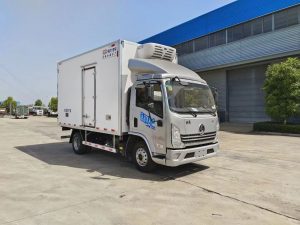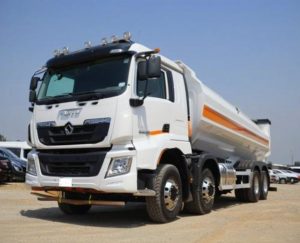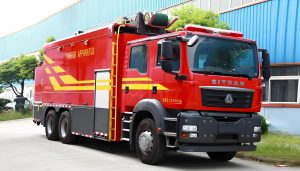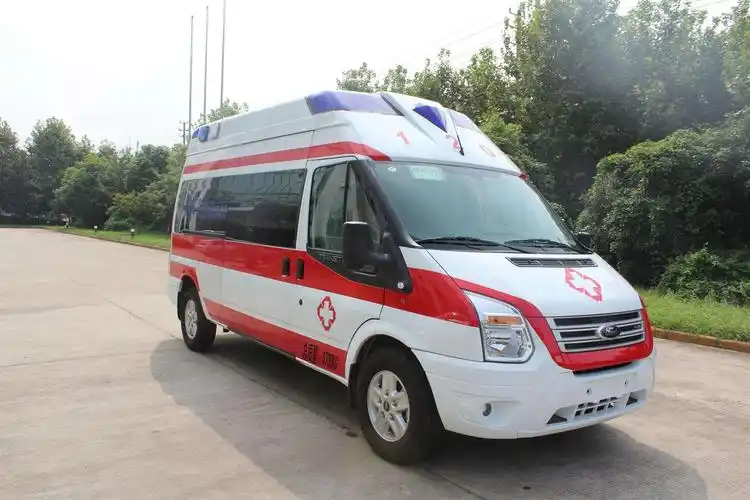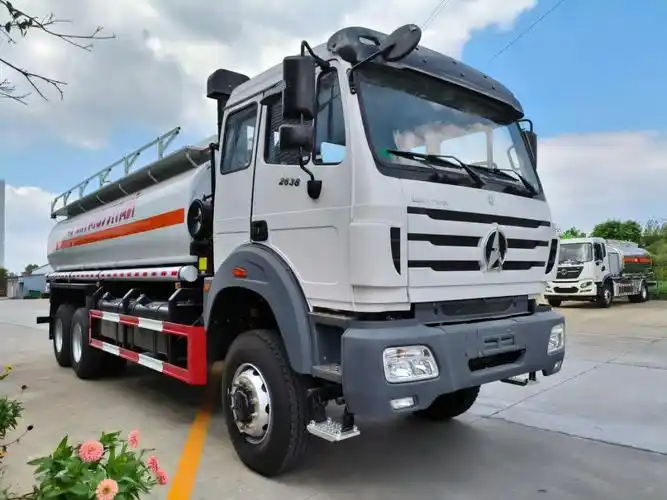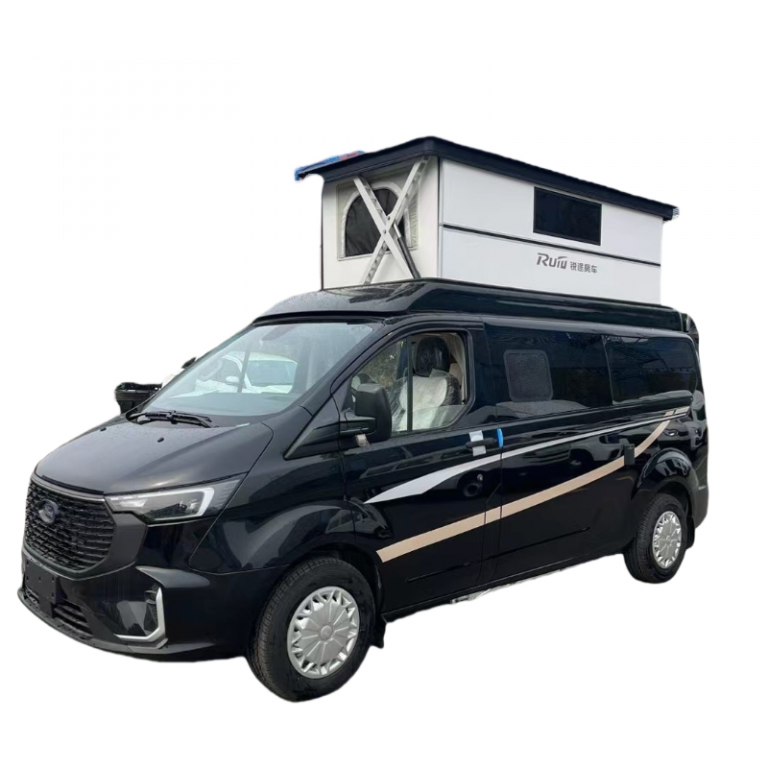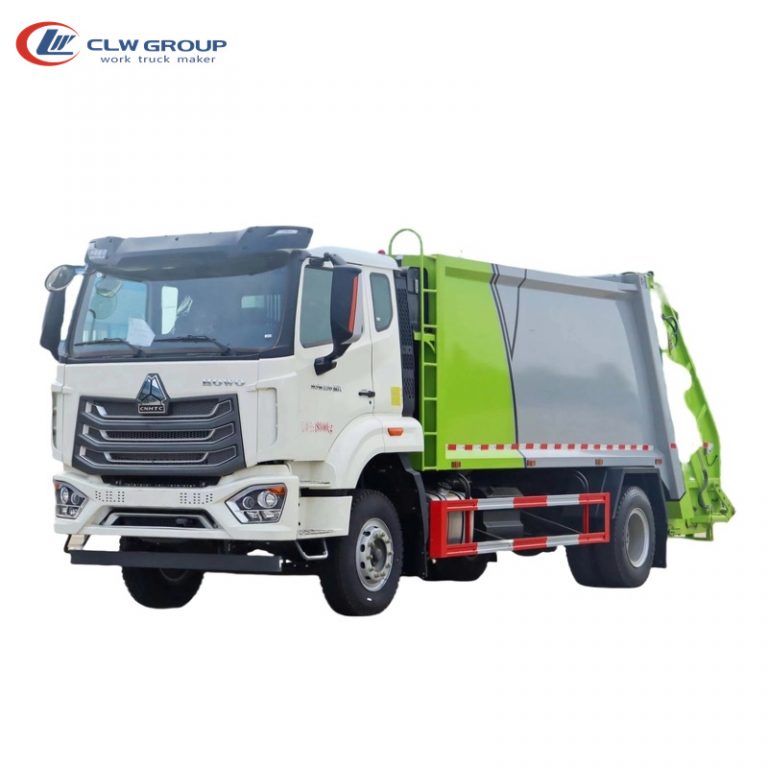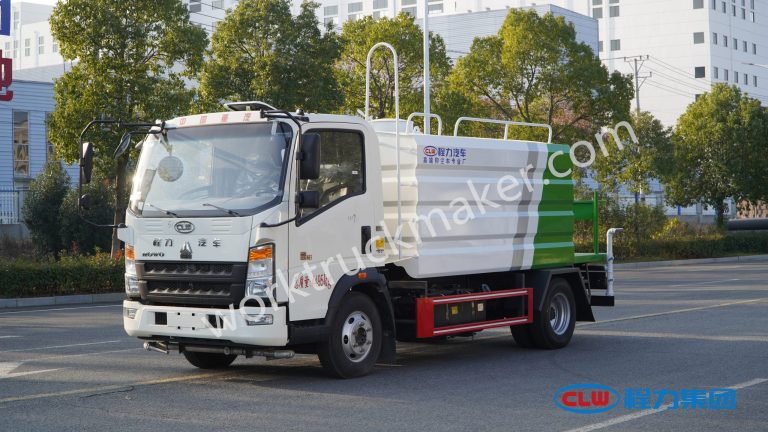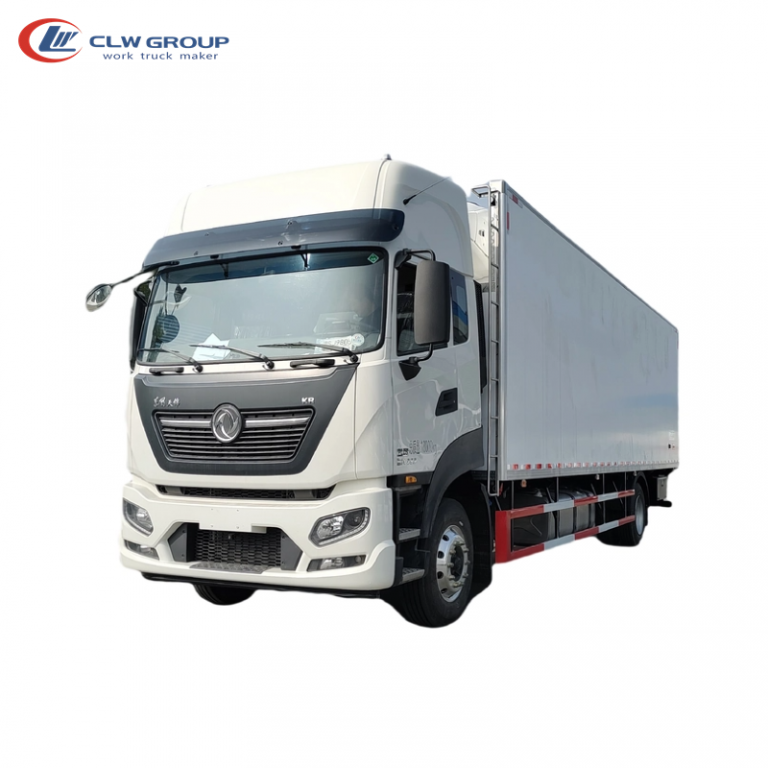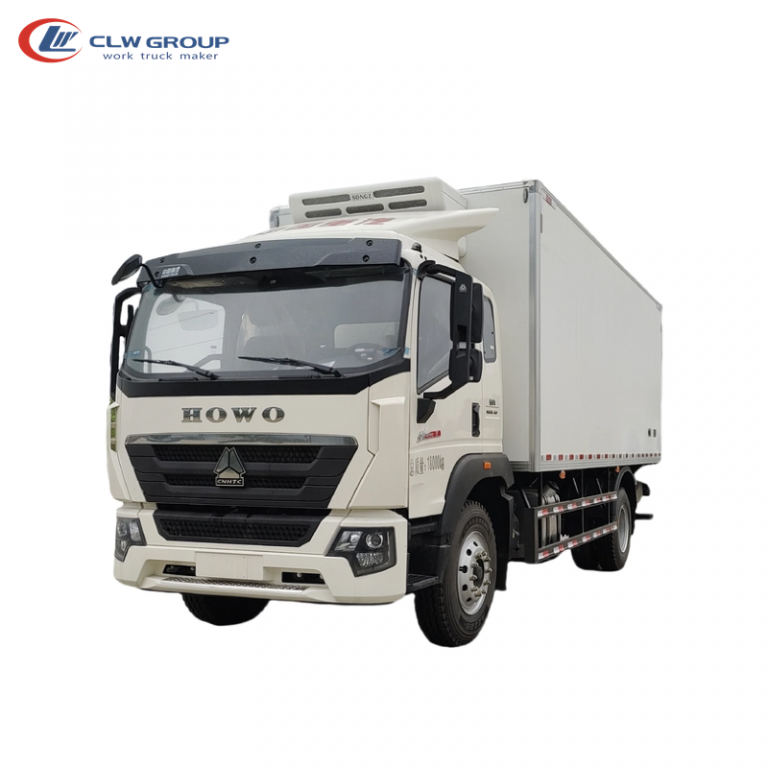Table of Contents
Toggle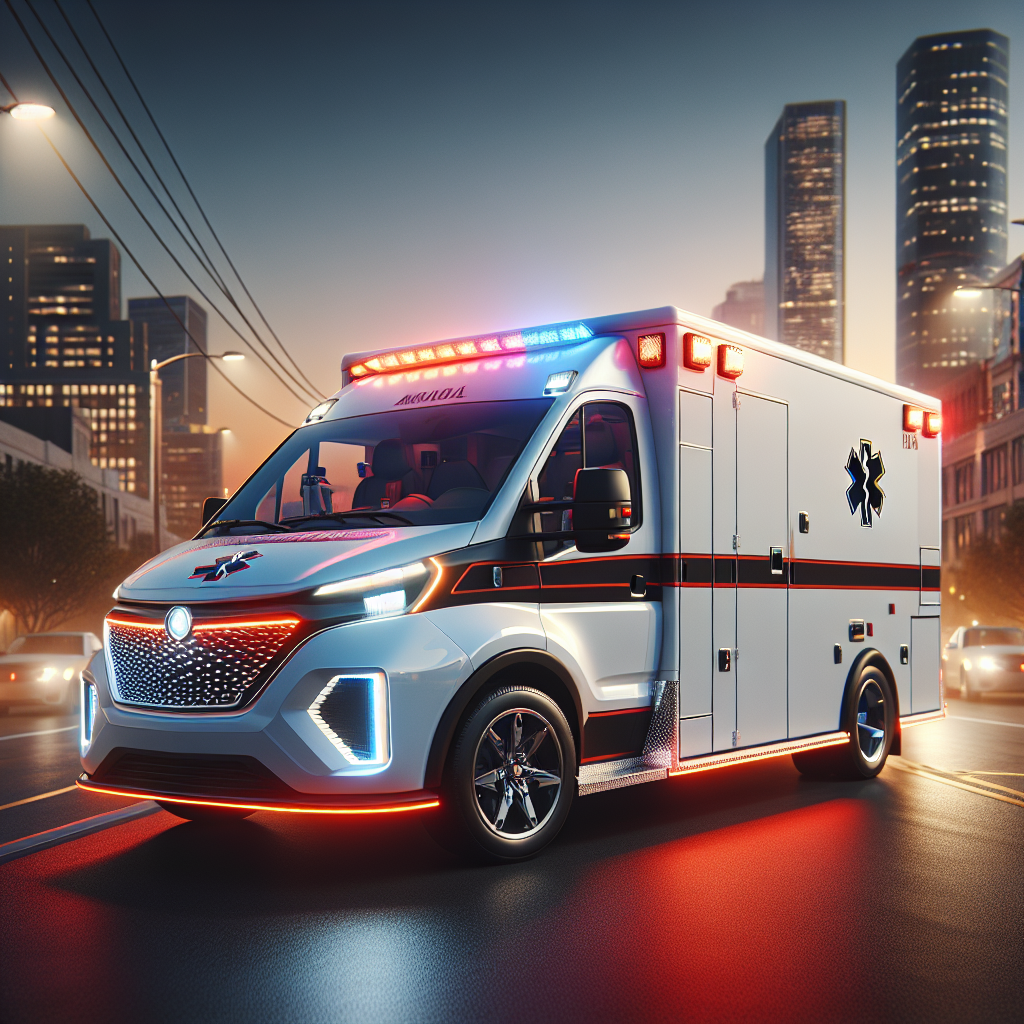
In today’s fast-paced world, emergency medical services play a crucial role in saving lives. Ambulances for sale are in high demand as healthcare providers, private companies, and government agencies look to upgrade their fleets or expand their services. The market for ambulance sales is diverse, offering a wide range of vehicles to meet various needs and budgets.
When it comes to ambulance pricing, numerous factors come into play. From basic models to advanced life support units, the options are extensive. This article explores the different types of ambulances available, top manufacturers, key features to consider, and financing options to help buyers make informed decisions. It also delves into maintenance considerations and provides guidance on choosing the right ambulance to fit specific requirements.
Types of Ambulances Available
When it comes to ambulances for sale, buyers have several options to choose from, each designed to meet specific needs and operational requirements. The three main types of ambulances available in the market are Type I, Type II, and Type III. Each type has its unique characteristics, advantages, and ideal use cases.
Type I Ambulances
Type I ambulances are built on a truck chassis, featuring a custom module mounted on the back. These vehicles are known for their reliability and durability, making them ideal for Advanced Life Support (ALS) and rescue work. Key features of Type I ambulances include:
- A small gap between the cab and the body, with a pass-through or crawl-through for communication
- Available in 4-wheel drive, offering better performance in challenging driving conditions
- The only ambulance type available with diesel engines
- A driver compartment similar to a pickup truck, maximizing comfort, visibility, and ease of operation
- Excellent performance on difficult terrain and in inclement weather
Type II Ambulances
Type II ambulances are van-style vehicles that offer a balance of functionality and maneuverability. These ambulances are well-suited for various applications, including:
- Hospital-to-hospital transport
- 911 rescue work in urban environments
- Non-emergency medical transportation
Key characteristics of Type II ambulances include:
- A slim structure, perfect for navigating narrow city streets and dense urban areas
- Better fuel economy compared to other ambulance types
- Enhanced maneuverability and speed
- Generally more affordable than Type I and Type III ambulances
- Improved emergency site access in tight spaces
Type III Ambulances
Type III ambulances combine features of both Type I and Type II vehicles. They are built on a van cutaway chassis, offering a balance of space and maneuverability. Notable features of Type III ambulances include:
- An integrated cab and body design
- A larger opening (walk-thru) between the cab and the module for easier movement of personnel and equipment
- Available in 2-wheel drive configurations
- Fueled by regular gasoline
- A spacious cab ideal for storing medical equipment
- Durable construction with a large engine
Type III ambulances are versatile vehicles that can be used for various emergency medical services and patient transport needs.
Each type of ambulance has its strengths and is designed to meet specific operational requirements. When considering ambulances for sale, it’s essential to evaluate the intended use, driving conditions, and specific needs of the emergency medical service provider to determine the most suitable type for the job.
Top Ambulance Manufacturers
The ambulance manufacturing industry has several key players known for their quality, innovation, and commitment to safety. Three prominent manufacturers stand out in the market: American Emergency Vehicles (AEV), Braun Ambulances, and Demers Ambulances. Each of these companies has a unique history and offers a range of ambulance models to meet diverse needs.
American Emergency Vehicles (AEV)
AEV has established itself as a leader in the ambulance manufacturing industry, offering a wide range of customizable options for their vehicles. They pride themselves on building ambulances that cater to specific crew needs while exceeding safety standards. AEV’s commitment to customization ensures that no two ambulances are alike unless specifically requested.
AEV produces various types of ambulances:
- Type I: Built on truck chassis from Ford, Dodge, or Chevy
- Type II: Specializing in Sprinter ambulances, with AEV being the largest producer in the U.S.
- Type III: Available in different lengths and chassis options
AEV’s manufacturing process is known for its efficiency and attention to detail. The company employs lean manufacturing practices and uses biometric fingerprinting to ensure only trained employees have access to sensitive technical information. AEV also boasts some of the fastest lead times in the industry, particularly for Type II ambulances.
Braun Ambulances
Since 1972, Braun Ambulances has been at the forefront of custom ambulance manufacturing. The company has a strong focus on safety, quality, and innovation, serving a wide range of clients from small volunteer EMS services to large municipalities.
Braun offers several ambulance models, including:
- Express Plus: A fully customizable Type I ambulance
- Chief XL: A spacious and comfortable model available in Type I or Type III configurations
- Liberty: A Type I ambulance designed to meet budget constraints without compromising quality
- Express: Known for its reliability and ease of maintenance
- Signature Series: A pre-configured model with standard Braun features
- Super Chief: A heavy-duty Type I ambulance designed for high call volume departments
Braun Ambulances has received numerous awards and recognitions over the years, including the Manufacturing Excellence Award from the Van Wert Area Chamber of Commerce and various nominations for EMS World’s Innovation Award.
Demers Ambulances
Demers Ambulances, the oldest continuous ambulance manufacturer in North America, has a rich history dating back to its humble beginnings as a Canadian cart and buggy shop. Today, Demers delivers more than 18,000 ambulances to over 20 countries annually.
Demers produces Type I, Type II, and Type III ambulance models, including:
- MXP150 and MXP170: Type I ambulances built for versatility and rugged conditions
- MX164 and MX170: Type III ambulances offering spacious interiors and optimal ergonomics
- Transit: A unique Type II ambulance with an aerodynamic front cab riser
- EX Sprinter: A Type II ambulance combining size, space, and power
In 2018, Demers Ambulances merged with Braun Industries to create Demers-Braun, becoming the second-largest ambulance manufacturing organization in North America. This merger, followed by the acquisition of Crestline Coach Ltd., has further strengthened their position in the market.
These top ambulance manufacturers continue to innovate and improve their products, ensuring that emergency medical services have access to the best vehicles for saving lives and providing critical care.
Key Features to Consider
When evaluating ambulances for sale, several crucial factors come into play. These features not only impact the vehicle’s performance but also the safety and comfort of both patients and emergency medical service providers (EMSP).
Safety Features
Safety is paramount in ambulance design. Modern ambulances incorporate various safety features to protect both the crew and patients. One significant aspect is the improved sightlines in medium-duty ambulances compared to light-duty ones. The higher cab and lower front of the hood provide better forward sight-lines and smaller blind spots in front of the vehicle, enhancing overall safety during operation.
Another critical safety consideration is the restraint system. Ambulances should have easily accessible and user-friendly seat belts that allow EMSPs to reach the patient, monitor, equipment, and medicines while remaining restrained. This feature is crucial as it addresses the inherent conflict between the need to care for patients and maintain personal safety in a moving ambulance.
Additionally, all heavy equipment, such as monitors, oxygen cylinders, and medical kits, should be securely mounted. The National Fire Protection Association (NFPA) 1917 standard recommends that all equipment weighing more than three pounds be mounted in brackets capable of withstanding up to 10 Gs of force. This precaution significantly reduces the risk of injury from unsecured items during sudden stops or accidents.
Patient Compartment Design
The layout of the patient compartment has a substantial impact on the efficiency and safety of patient care. A well-designed compartment allows EMSPs to reach the patient’s body from head to knee while seated and restrained. It also enables them to access common and critical equipment and supplies without compromising their safety.
Seating arrangements should be carefully considered. Forward- or rear-facing seats have been found to provide better protection in the event of an accident or evasive maneuver compared to side-facing seats. The seats should be positioned to allow easy access to the patient, equipment, and vehicle controls without requiring providers to constantly remove their seat belts.
Adequate lighting and communication systems are essential for effective patient care. The compartment should also have sufficient power outlets for medical equipment and ample working room for EMSPs to perform their duties comfortably and safely.
Fuel Efficiency
The choice between diesel and gasoline engines has significant implications for ambulance performance and operational costs. Diesel engines offer several advantages, including higher horsepower and torque, making them ideal for long transports and all-terrain operations. They also excel in hilly areas and at high altitudes. However, diesel engines come with higher upfront costs and more expensive maintenance due to EPA compliance systems.
On the other hand, gasoline engines are more cost-effective initially and have lower routine maintenance costs. They are well-suited for urban environments with shorter runs. Gasoline-powered ambulances also benefit from a lighter engine block, resulting in more usable payload. However, they may struggle with consistent hill driving and performance at higher altitudes.
When considering fuel efficiency, it’s crucial to assess the specific operational needs of the ambulance service. Urban services with shorter runs may benefit from the lower costs and maintenance of gasoline engines, while services covering larger areas or challenging terrains might find the power and durability of diesel engines more suitable.
Pricing Factors for Ambulances
The cost of ambulances can vary significantly based on several factors. Understanding these elements is crucial for emergency medical services (EMS) providers and organizations looking to purchase ambulances for sale.
New vs. Used
One of the primary considerations in ambulance pricing is whether to opt for a new or used vehicle. New ambulances come with several advantages:
- They are equipped with the latest technologies and features
- They have less wear and tear
- They offer the added benefit of a full warranty
However, new ambulances come at a premium price. The cost difference between new and used models can be substantial, often amounting to thousands of dollars.
Used ambulances, on the other hand, present a more cost-effective option. While they may have some wear and tear, many are kept in excellent condition with solid maintenance records. For those who don’t specifically require a new ambulance, purchasing a used model can be a smart financial decision.
Interestingly, government auction sites like Municibid offer opportunities to find ambulances at remarkably low prices, with some starting as low as $500 through bidding processes.
Customization Options
Customization plays a significant role in determining the final price of an ambulance. EMS agencies can tailor vehicles to their specific needs and budgets through various options:
- Patient Compartment Layout: The interior can be configured differently based on the types of patients transported and the preferred access points for EMTs.
- Technology Integration: Agencies can choose to include specific medical devices and connectivity options, such as Bluetooth connections to patient monitors or tablet charting systems.
- Storage and Cabinetry: The interior storage can be designed to fit specific medical supplies and equipment, with options for open shelving, enclosed cabinets, or specialized drawers and trays.
- Exterior Lighting and Markings: Warning lights, scene lights, and reflective striping can be customized to meet local protocols and enhance visibility.
Chassis Type
The type of chassis used has a significant impact on an ambulance’s price. Ambulances are typically categorized into three types:
- Type I: Built on a truck chassis
- Type II: Van-style ambulances
- Type III: Built on a cutaway van chassis
Each type has its own price range and features. For instance, Type I ambulances often come with diesel engines, which can increase the initial cost but may offer better performance in certain conditions.
The choice between 4×2 and 4×4 drivetrains also affects pricing. While 4×4 vehicles typically have higher payload capacity and increased traction, they are generally more expensive. On the other hand, 4×2 vehicles are usually lighter, more fuel-efficient, and have fewer parts to maintain, potentially reducing long-term costs.
It’s worth noting that recent supply chain issues have dramatically impacted ambulance costs and delivery times. Lead times for new ambulances have increased from 90-120 days to 24 months or longer, which has led to increased demand and prices for used ambulances as well.
Financing Options for Ambulance Purchases
Acquiring ambulances can be a significant financial undertaking for emergency medical services (EMS) organizations, fire departments, and hospitals. Fortunately, several financing options are available to help these entities obtain the necessary vehicles without straining their budgets. Here are the main financing avenues to consider:
Leasing
Lease-purchase financing has become an increasingly popular option for acquiring ambulances. This method offers several advantages:
- Low interest rates: Current rates are competitive, often outpacing the inflation costs of new emergency vehicles.
- Flexible payment structures: Organizations can spread the cost over the useful life of the ambulance, making budgeting easier.
- Early payoff option: Many leases allow for early payoff without penalties if additional funding becomes available.
- Delayed first payment: Some leasing companies offer the option to delay the first payment until the next fiscal year, providing budgetary flexibility.
- Customizable terms: Lease agreements can be tailored to meet specific departmental needs, including down payment options and varying lease durations.
Lease terms typically range from 24 to 72 months, with repayment schedules that can be monthly, quarterly, annually, or even seasonally to accommodate cyclical budget fluctuations.
Loans
Traditional loans are another viable option for ambulance financing. Key features of loan programs include:
- Competitive rates: Starting as low as 3.25% with terms ranging from 24 to 72 months.
- Quick approval process: Many lenders offer approvals within 2-4 hours and funding within 1-2 business days.
- No down payment required: Some lenders cover soft costs such as freight, installation, and taxes for both new and used equipment.
- Flexible qualification criteria: Many lenders consider factors beyond credit scores, making it easier for organizations with less-than-perfect credit to qualify.
Government Grants
Government grants present an excellent opportunity for EMS organizations and fire departments to acquire ambulances without incurring debt. Some notable grant programs include:
- Emergency Management Performance Grant (EMPG) Program: Provides federal grants to assist state, local, territorial, and tribal governments in preparing for all hazards.
- State Homeland Security Program (SHSP): Funds a range of preparedness activities, including equipment purchases.
- Nonprofit Security Grant Program (NSGP): While primarily focused on security, some nonprofit EMS organizations may be eligible for funding that could include ambulance purchases.
- California State Nonprofit Security Grant Program (CSNSGP): A state-specific program that may have provisions for ambulance acquisition for eligible organizations.
When considering financing options, it’s crucial to work with lenders or leasing companies that have experience in municipal and nonprofit financing. These specialized providers understand the unique needs and constraints of emergency services organizations and can offer tailored solutions to help acquire the necessary ambulances while maintaining financial stability.
Maintenance and Service Considerations
Proper maintenance and service of ambulances are crucial for ensuring their reliability, durability, and performance. Regular upkeep not only extends the life of these emergency vehicles but also reduces downtime and prevents major repair expenses. For emergency medical services (EMS) providers, a well-maintained ambulance is an indispensable tool that can mean the difference between life and death for patients in critical condition.
Routine Maintenance
To keep ambulances in top condition, operators should adhere to a comprehensive maintenance schedule. This schedule typically includes tasks to be performed monthly, quarterly, bi-annually, and annually. By following these guidelines, EMS providers can ensure their vehicles are always ready for emergency response.
Monthly checks should include:
- Tire inspection for wear and proper air pressure
- Door switch functionality and lubrication
- Safety warning lights operation
- Back-up alarm and camera systems
- Interior camera and screen cleanliness
- Inverter/charger unit inspection
- Primary stretcher system check
- Suspension system inspection
- Heating and air conditioning system check
Quarterly maintenance tasks may involve:
- Suction device inspection
- Siren speaker check
- Battery connection cleaning and load testing
- Oxygen system leak check
- Seat belt and safety net inspection
- Door handle, lock, and hinge lubrication
Bi-annual and annual maintenance should include more comprehensive checks, such as:
- Spare tire air pressure verification
- Electrical panel connection inspection
- Cooling system line and fluid level checks
- Body and door drain hole cleaning
- Interior surface waxing
- Quick-release oxygen cylinder bracket tightening
- AC outlet reset and repair
Emergency Repairs
Despite regular maintenance, mechanical failures can still occur. When these emergencies arise, it’s essential to have a plan in place for quick and efficient repairs. Some ambulance service providers offer mobile repair services, bringing technicians directly to the location of the vehicle. This approach minimizes downtime and ensures that ambulances can return to service as quickly as possible.
Emergency repair services often cover a wide range of systems, including:
- V-Mux diagnostics
- Lighting, sirens, and air horns
- Liquid spring systems
- Locks, latches, and rollers
- Inverters
- Electrical diagnosis
- HVAC systems
Service Networks
Establishing a reliable service network is crucial for maintaining a fleet of ambulances. Many EMS agencies partner with specialized ambulance maintenance and repair services to ensure their vehicles receive expert care. These partnerships often include preventative maintenance programs that offer regular inspections and service without mileage fees.
When selecting a service provider, EMS agencies should consider:
- The provider’s experience with emergency vehicles
- The range of services offered
- Response time for emergency repairs
- Availability of mobile repair services
- Quality of preventative maintenance programs
By prioritizing maintenance and service considerations, EMS providers can ensure their ambulances remain in optimal condition, ready to respond to emergencies and provide life-saving care when it matters most.
How to Choose the Right Ambulance for Your Needs
Assessing Your Requirements
Selecting the right ambulance begins with a thorough evaluation of departmental needs. Emergency medical services (EMS) providers should start by establishing a budget, allowing for some flexibility to ensure all necessary specifications are met. It’s crucial to involve key stakeholders in the decision-making process, including personnel who will be using the vehicle daily.
When assessing requirements, consider the following factors:
- Drivability: Evaluate the experience level of your drivers and their training needs.
- Maintenance: Determine the level of maintenance you can manage and whether you have in-house mechanics.
- Space: Assess the equipment and personnel capacity needed for your operations.
- Safety: Prioritize essential safety features and technologies.
- Patient experience: Consider the comfort and stability of the ride for patients.
Comparing Different Models
Once requirements are established, compare different ambulance models to find the best fit. There are three main types of ambulances to consider:
- Type I: These are mounted on a truck chassis with a custom module on the back. They are ideal for Advanced Life Support and rescue work, available in 4-wheel drive, and the only type that offers diesel engines.
- Type II: Van-style vehicles primarily used for basic life support and hospital-to-hospital transport. They offer better fuel economy and maneuverability in urban environments.
- Type III: Built on a van cutaway chassis, these combine features of Type I and Type II. They have an integrated cab and body design with a larger opening between the cab and module.
When comparing models, consider the chassis options available. Different manufacturers offer various chassis types, such as Ford, Dodge, Chevrolet, and Mercedes-Benz. Each has its own set of features and benefits.
Test Drives and Demonstrations
Before making a final decision, it’s essential to experience the ambulance firsthand. Many organizations use formal surveys to gather feedback from their crews about current ambulances and desired changes. This input can be invaluable in selecting the right vehicle.
When test driving or viewing demonstrations:
- Assess the vehicle’s handling and performance in various conditions.
- Evaluate the patient compartment layout and storage capacity.
- Check the accessibility of equipment and ease of movement within the vehicle.
- Consider the proximity of authorized service facilities for maintenance and repairs.
By thoroughly assessing requirements, comparing different models, and conducting test drives, EMS providers can make an informed decision when choosing the right ambulance for their needs. This process ensures that the selected vehicle will meet the specific demands of the department while providing efficient and effective emergency medical services.
Conclusion
The ambulance market offers a diverse range of options to meet various needs and budgets. From different types and manufacturers to key features and financing options, buyers have plenty to consider when making their choice. By carefully evaluating their specific requirements, comparing models, and taking maintenance into account, emergency medical services can find the perfect ambulance to fit their needs. This process ensures they get a vehicle that not only meets their operational demands but also provides reliable and efficient service.
In the end, choosing the right ambulance has a significant impact on the quality of emergency medical care. It’s not just about getting from point A to point B; it’s about having a mobile medical unit that’s safe, efficient, and well-equipped to handle critical situations. By taking the time to research and make an informed decision, EMS providers can ensure they’re well-prepared to serve their communities and save lives when it matters most.

